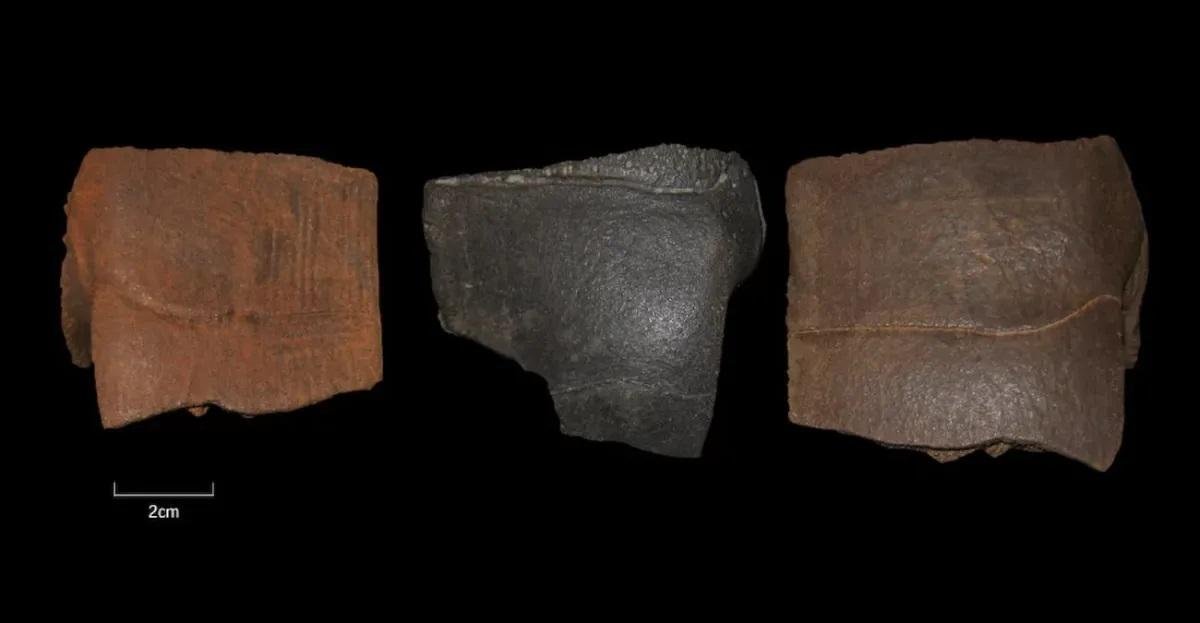Excavations in the middle Elbe valley near Magdeburg, Germany, have revealed significant archaeological findings spanning from the Middle Pleistocene to the modern era. The Barleben-Adamsee gravel quarry has been particularly fruitful, uncovering relics dating back tens of thousands of years.

The gravel accumulation in the Adamsee lake area near Barleben has occurred over millennia, making it a rich source of archaeological material. However, due to the extraction process using bucket dredgers below the water table, direct observation of the stratigraphic layers is not feasible. Consequently, dating of the finds relies on the shape of tools or scientific methods like radiocarbon dating.
Volunteer archaeologists have played a crucial role in recovering these artifacts, with particular recognition given to Uwe Beye for his contributions to the discoveries at the Barleben-Adamsee quarry. Among the finds are approximately 180 flint artifacts, including hand axes, tools, cores, and flakes.

One notable discovery is a 41.8-centimeter-long point crafted from a bovine rib, dated to around 32,000 to 33,000 years ago, making it one of the oldest polished bone tools found in Central Germany.

Furthermore, stone implements from the same period, such as fragments of leaf points, have been unearthed, suggesting the presence of early modern humans as their creators. This challenges previous associations of leaf points with Neanderthals.
A particularly intriguing find is the discovery of five fragments of turtle shells, dated between 42,000 and 50,000 years ago. These fragments belong to the European freshwater turtle, suggesting that these creatures existed during the Weichselian glaciation, a period when much of Central Europe was covered in ice.

This unexpected dating raises questions about the origin of the turtles, with comparisons drawn to ethnographic and historical evidence suggesting that Ice Age hunters, including Neanderthals or early modern humans, might have transported these reptiles to colder regions. The discovery of these remains suggests that early humans or Neanderthals may have adapted to changing environments by exploiting available resources.






















